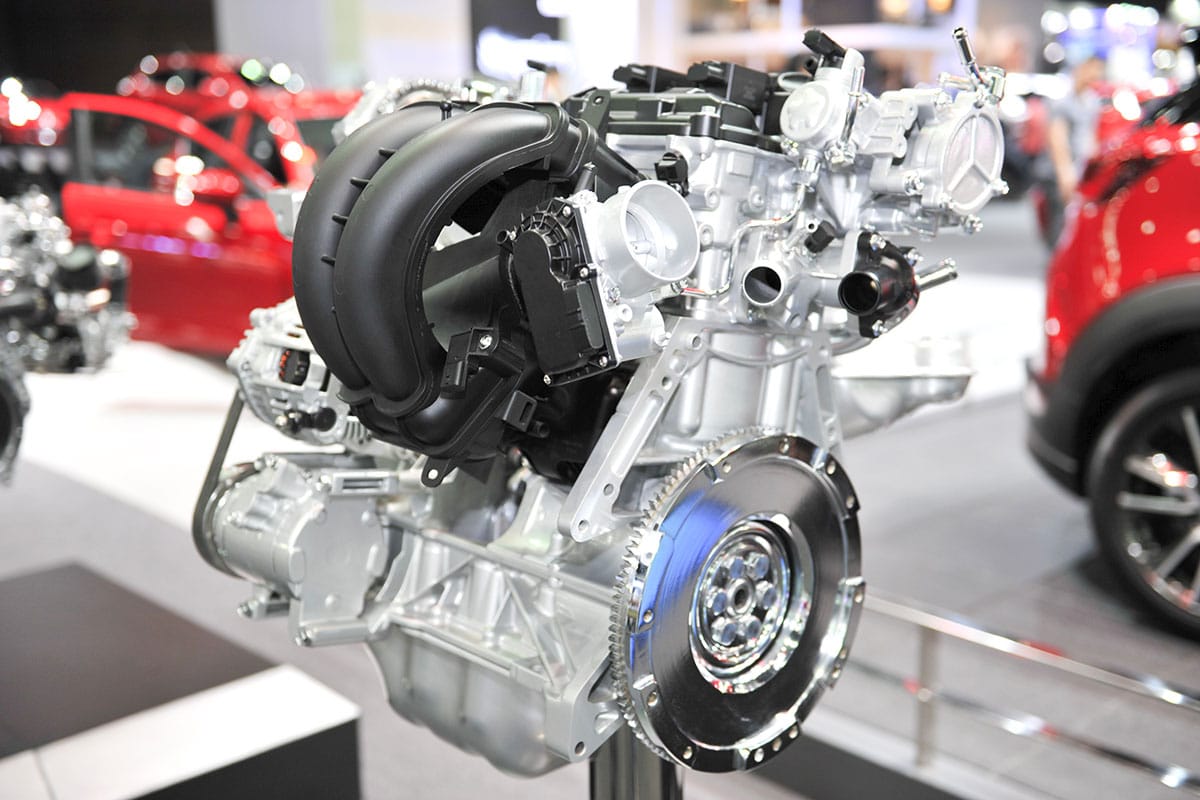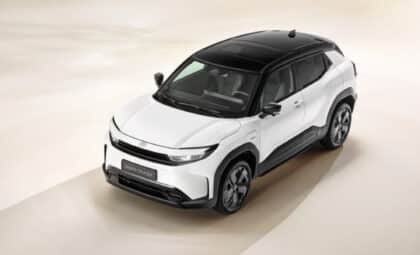In the fast-changing world of car engineering, Toyota is turning heads with a fresh take on engine tech. The Japanese automaker is rolling out a new series of four-cylinder engines that aim to balance fuel efficiency with high performance. This isn’t just a tech upgrade—it’s Toyota’s way of tackling global environmental worries while giving drivers the punch and versatility they want.
Toyota’s new engine lineup
Toyota’s new engine range includes both naturally aspirated and turbocharged options, catering to various vehicle models and driving styles. These engines will be available in 1.5-liter and 2.0-liter sizes, and they’ve been reworked to be more compact and lightweight than their predecessors. The idea is to boost fuel economy without cutting the power that Toyota fans have come to expect (think of it as trimming the fat to really get to the good stuff).
The push for smaller, lighter engines fits right in with the auto industry’s move toward greener tech. By dialing down the engine weight, Toyota aims to get better gas mileage and lower emissions—a big deal for today’s eco-aware market.
The G20E engine: a game changer
At the heart of this new lineup is the G20E engine, which made a splash when it was shown off in the GR Yaris M concept at the Tokyo Motor Show in January. Unusually positioned in the mid-rear (a rare choice for a city car), this setup promises to give the vehicle some extra zip and nimble handling. Right now, the engine is delivering between 400 and 450 horsepower, but with tweaks like a bigger turbocharger, it might even push past 600 horsepower.
This kind of power puts the G20E in direct competition with engines like Toyota’s own G16E-GTS—the powerhouse behind models like the GR Yaris, GR Corolla, and Lexus LBX Morizo RR, which churns out about 300 horsepower. Even though environmental regulations might force Toyota to hold back on the horsepower to keep CO2 emissions in check, a version making between 400 and 500 horsepower would still pack quite a punch in its category.
Competing with industry leaders
The G20E is setting its sights on rivaling top names in the game. For instance, Mercedes-AMG’s M139L engine currently tops the charts for production four-cylinder engines with 469 horsepower. Over at Mitsubishi, the Lancer Evolution X FQ-440 MR clocks in at 440 horsepower—though they only made 40 of them (so it’s pretty much a collector’s item).
If Toyota can push the numbers even higher, this engine might just flip the script on what people expect from four-cylinder performance while riding in line with tightening environmental standards.
Versatility across models
One of the coolest things about Toyota’s new engine design is its flexibility. These engines can be mounted either longitudinally or transversely and can be placed in the front or rear of a vehicle. This opens up a world of possibilities when it comes to powering future sportier models in Toyota’s lineup.
There’s even some buzz that this tech might bring back classic names like the Celica and MR2, while also keeping the spirit of cars like the Supra alive well beyond their current runs. Plus, if everything goes according to plan, we might see these engines in future versions of the GR86. Just a heads-up: because of European emissions rules, these models might not hit European roads.
Collaborative efforts towards sustainability
Toyota isn’t flying solo on this ride toward extending the life of internal combustion engines while keeping an eye on a low-carbon future. In partnership with Mazda and Subaru, Toyota is also looking at alternative fuels like liquid hydrogen, biofuels, and synthetic fuels (all part of the drive to keep mobility sustainable).
Mazda is pitching in by working on a rotary engine that can serve as a range extender, while Subaru continues to fine-tune its boxer engine tech. Together, these companies are exploring new ways to reduce our carbon footprint (without sacrificing the thrill of driving).
As big players like Toyota keep pushing the envelope in both performance and greener tech, we can look forward to a future where high-powered rides roll hand in hand with a cleaner planet—prompting us all to think about how we drive change toward a more sustainable road ahead.









